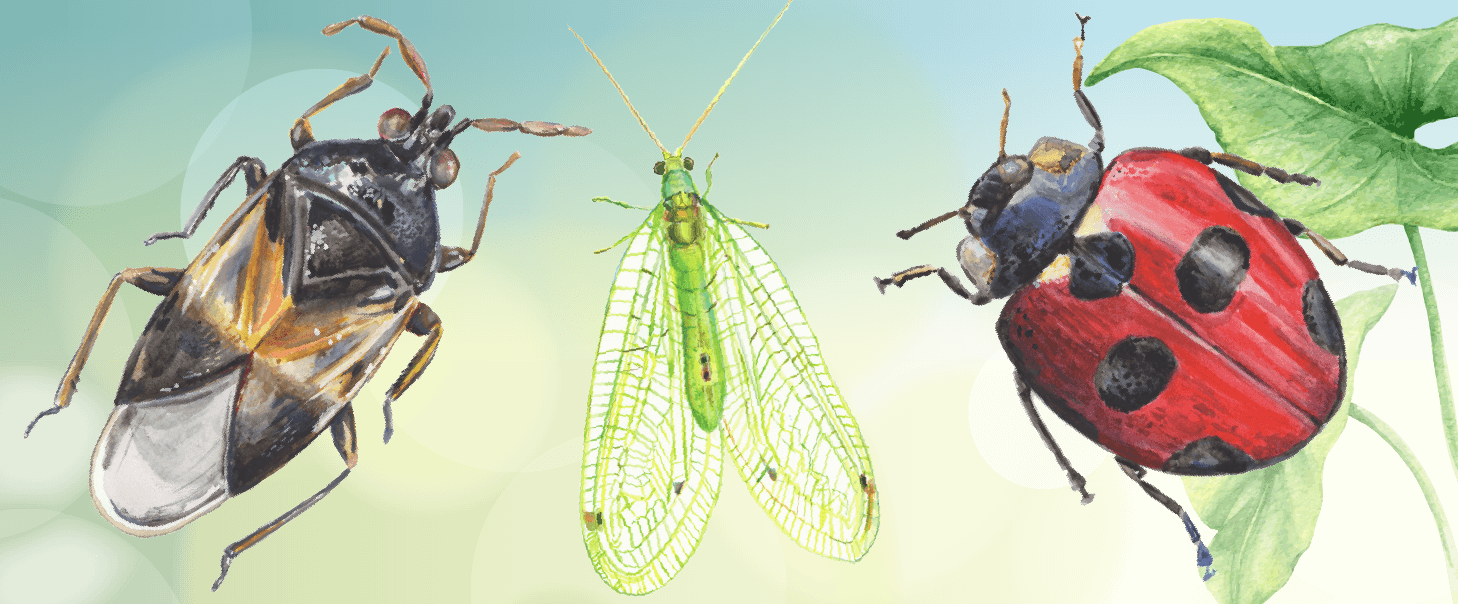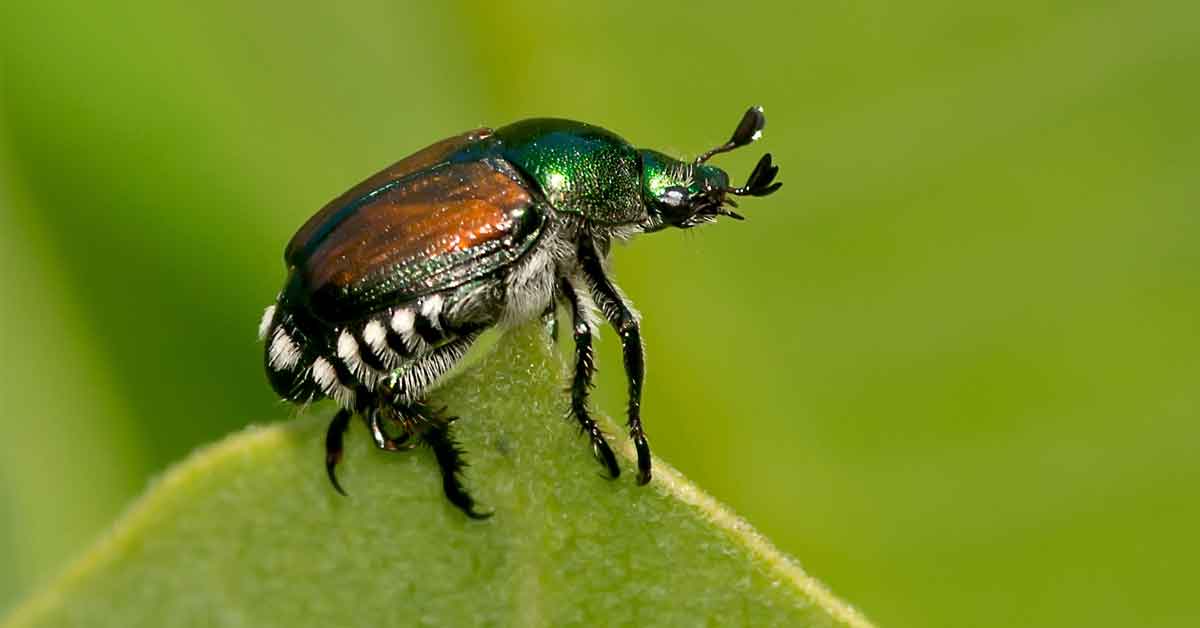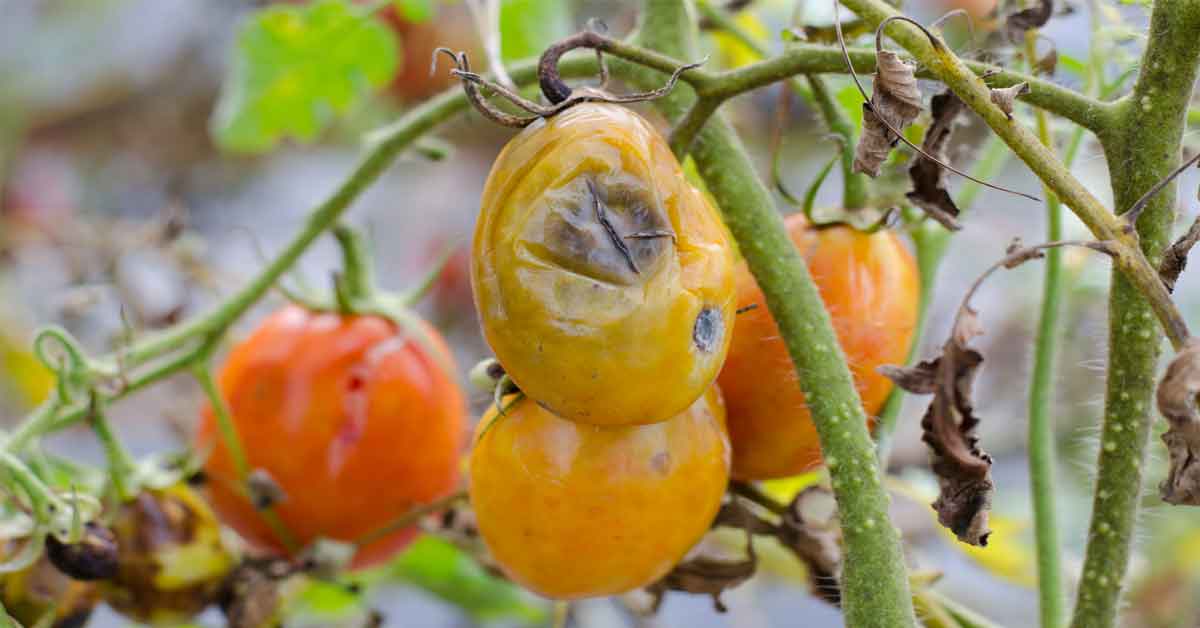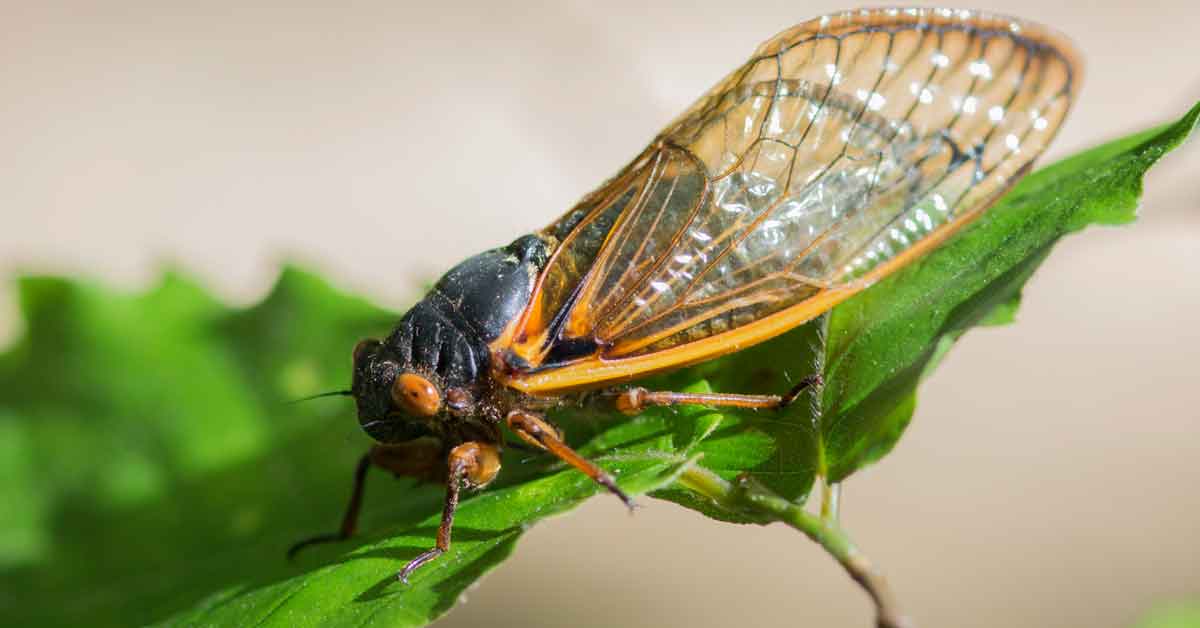Cómo identificar los insectos beneficiosos y dañinos en su jardín
When you find insects in your garden, your first instinct might be to destroy them, but that's not always the best course of action. Some insects are destructive and should be controlled, but of the more than 1.5 million known insect species in the world1, more than 97 percent are beneficial to gardens, or simply benign. That leaves less than three percent that are agricultural and nuisance pests.2
Beneficial insects perform vital functions in the environment. More than 75 percent of crops and an equal amount of flowering plants rely on animals to distribute pollen, and most that perform this task are insects. Bees, butterflies, moths and even beetles and flies pollinate plants. Every year in the U.S., honeybees alone pollinate about $15 billion in crops.3
Insects also perform the important tasks of aerating soil, breaking down dead materials and returning them to the earth, and serving as food for wildlife. Some insects, such as ladybird beetles and green lacewings, also eat harmful pests, which helps to keep the environment in balance.

Resources:
- "Importance of Insects," Purdue University, 2014.
- Colin Stewart, "Beneficial Insects and Spiders in Your Maine Backyard," The University of Maine, 2004.
- "Pollination," University of Nebraska-Lincoln, Department of Entomology Literacy Site, 2015.
Get Monthly Gardening Advice!





